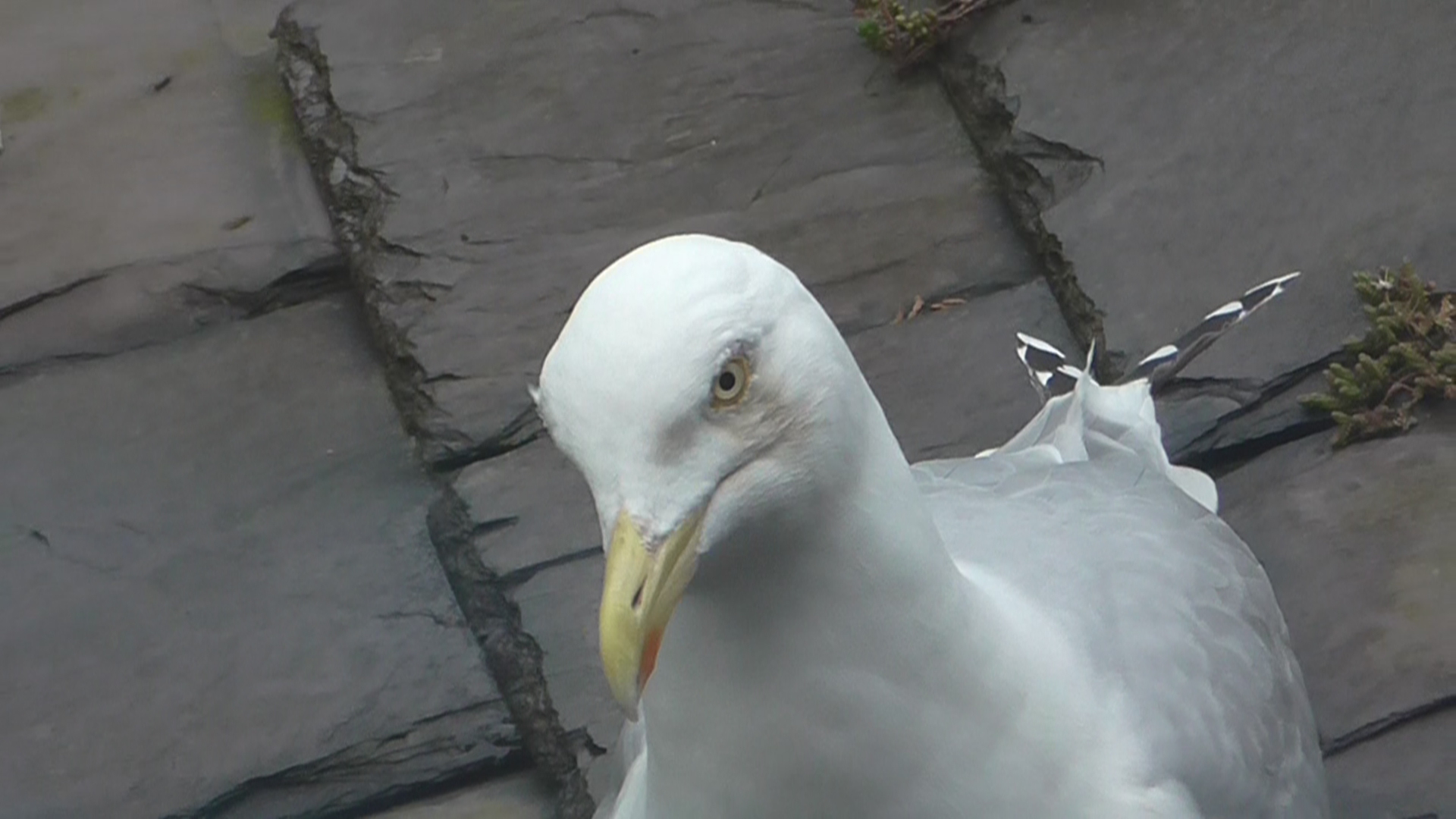
On the 3rd of September I awoke to see the sad but not unexpected news that FIVE more seabird species have been added to the red list of birds that are in population decline. Of these five new additions two of them are gulls which joined the already red listed Herring Gull and Black-Legged Kittiwake. The gulls that have joined the list are Great Black-backed Gulls and Common Gulls.
The five bird species added to the UK red list are:
- Arctic Tern
- Great Skua
- Great Black-backed Gull
- Common Gull
- Leach’s Storm Petrel
There can be many reasons why these birds are in continued decline but we have worrying numbers from NatureScot which could indicate that licenses could be having an impact on their population numbers. We are in the process of an FOI investigation into the number of gull nests, eggs, chicks and adult birds that are destroyed during nesting season and it is of our own opinion after seeing these numbers that these directly impact the population numbers.
To give examples, I will use the official figures for Scotland of the two gull species – the Great Black Backed and the Common Gull – which have been controlled under license by NatureScot.
Common Gulls
Between 2017 and 2021 NatureScot issued licenses to remove a staggering 12,821 Common Gull nests. Within the same time period they allowed 38,275 eggs to be destroyed, 54 chicks and 99 adult birds to be killed.
Great Black-backed Gulls
Between 2017 and 2021 NatureScot issued licenses to remove 255 nests. Within the same time period they allowed 663 eggs to be destroyed, 116 chicks and 77 adult birds to be killed.
I firmly believe that these numbers will have an impact on the population numbers of both of these bird species, so will now take a look at their previous population estimates and recently released population numbers published in the Seabirds Count which was published in November 2023 (currently the most up to date population figures for Britain and Ireland’s seabirds)
If we look at Common Gull populations as established during the Seabird 2000 census, Scotland hosted 48,053 Common Gulls, but in the 15-20 years up to the Seabirds Count that number dropped staggeringly to 22,755. This came back as a -53% population change and also covers the time of the NatureScot license figures as mentioned above. Within this exact time period in one year alone 16,997 eggs were removed, so let’s just assume that the 22,755 gulls pair up to make around 11,377 pairs and those 11,377 pairs lay 3 eggs (usually 2-3 eggs are laid) each, which is the higher end. You would then have roughly 34,131 eggs laid in that year. Now, if you remove 16,977 eggs from 34,131 you have taken roughly half of a species’ entire egg count for that population that year. This would have a massive impact on the population numbers of that species at the national level, as Scotland hosts around 89% of Britain and Ireland’s breeding Common Gull population.
The Great Black-backed Gull population sadly at the latest count has fallen by a massive 63%, and so it’s no surprise that they too have been red listed. Their population according to the Seabird 2000 count was 14,744 and this has dropped to 5,404 in the latest count, although their nest, eggs and bird removal numbers were nowhere as high as in the Chis means Scotland hosts around 89% of Britain and Ireland’s breeding Common Gull population.ommon Gulls.
So, to sum up, it is no surprise to me seeing both these gulls added to the red list when NatureScot has issued licenses to control them. Are we seeing the resulting impacts of these licenses only now coming to the surface?
